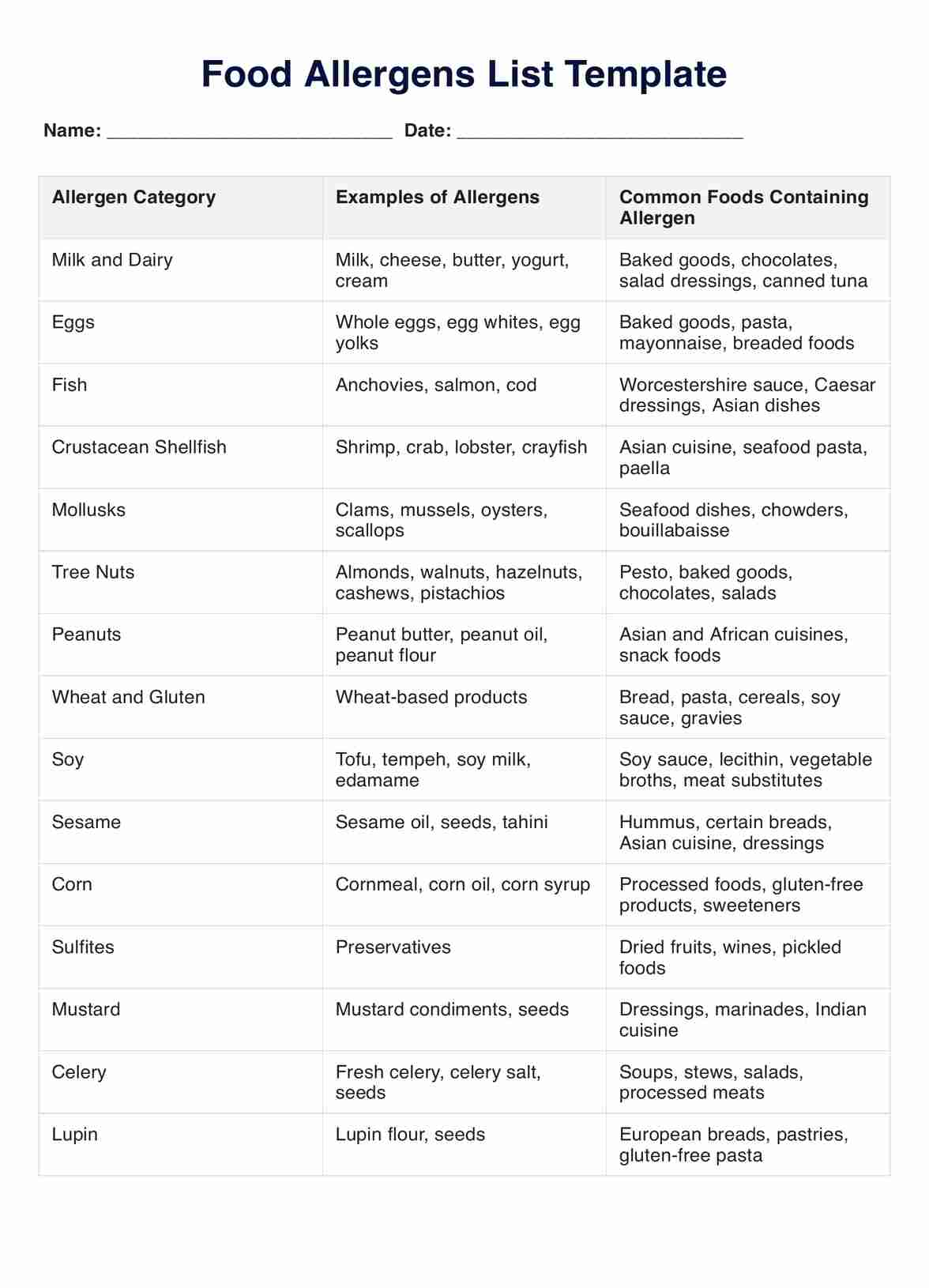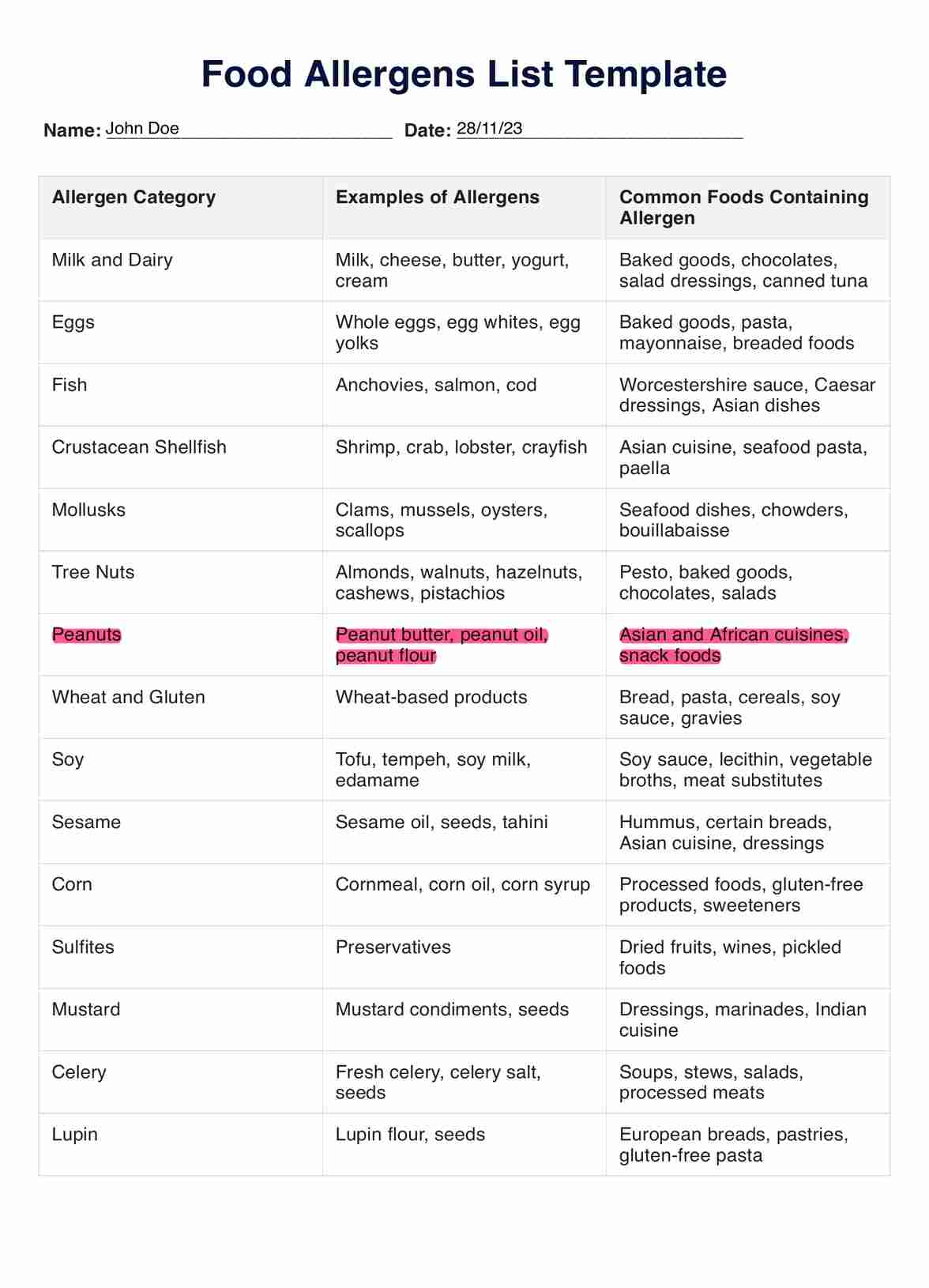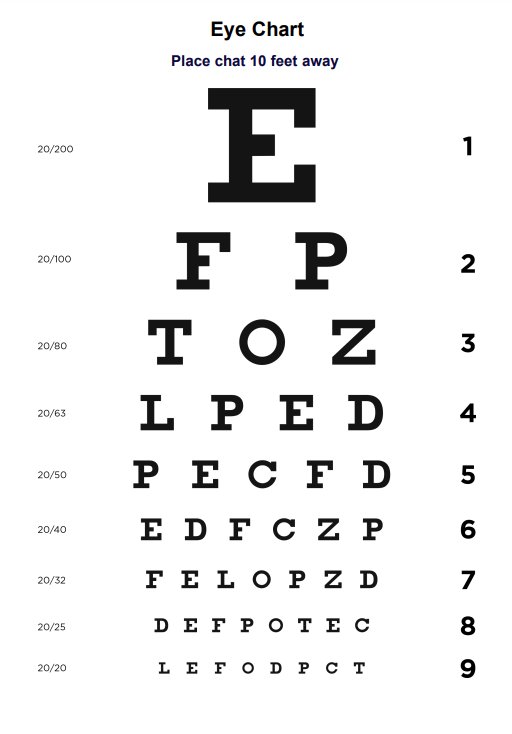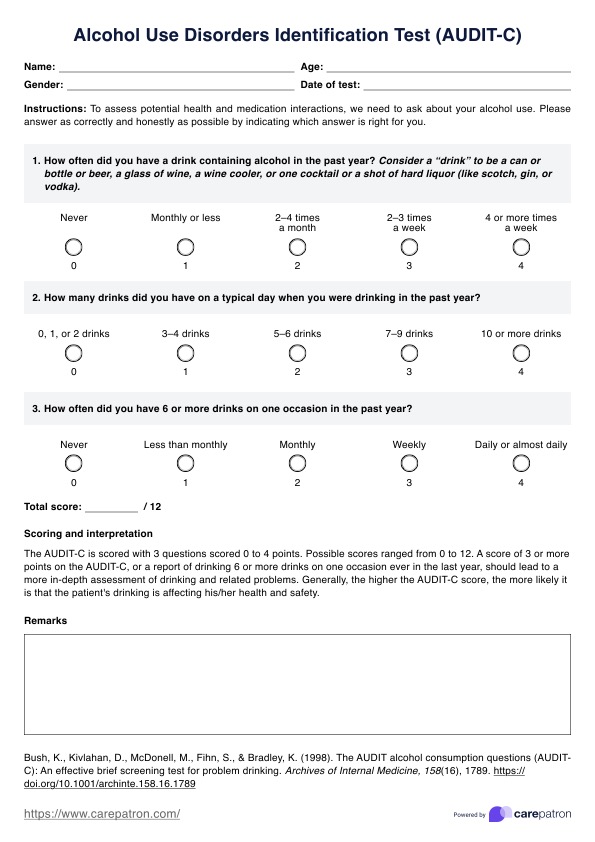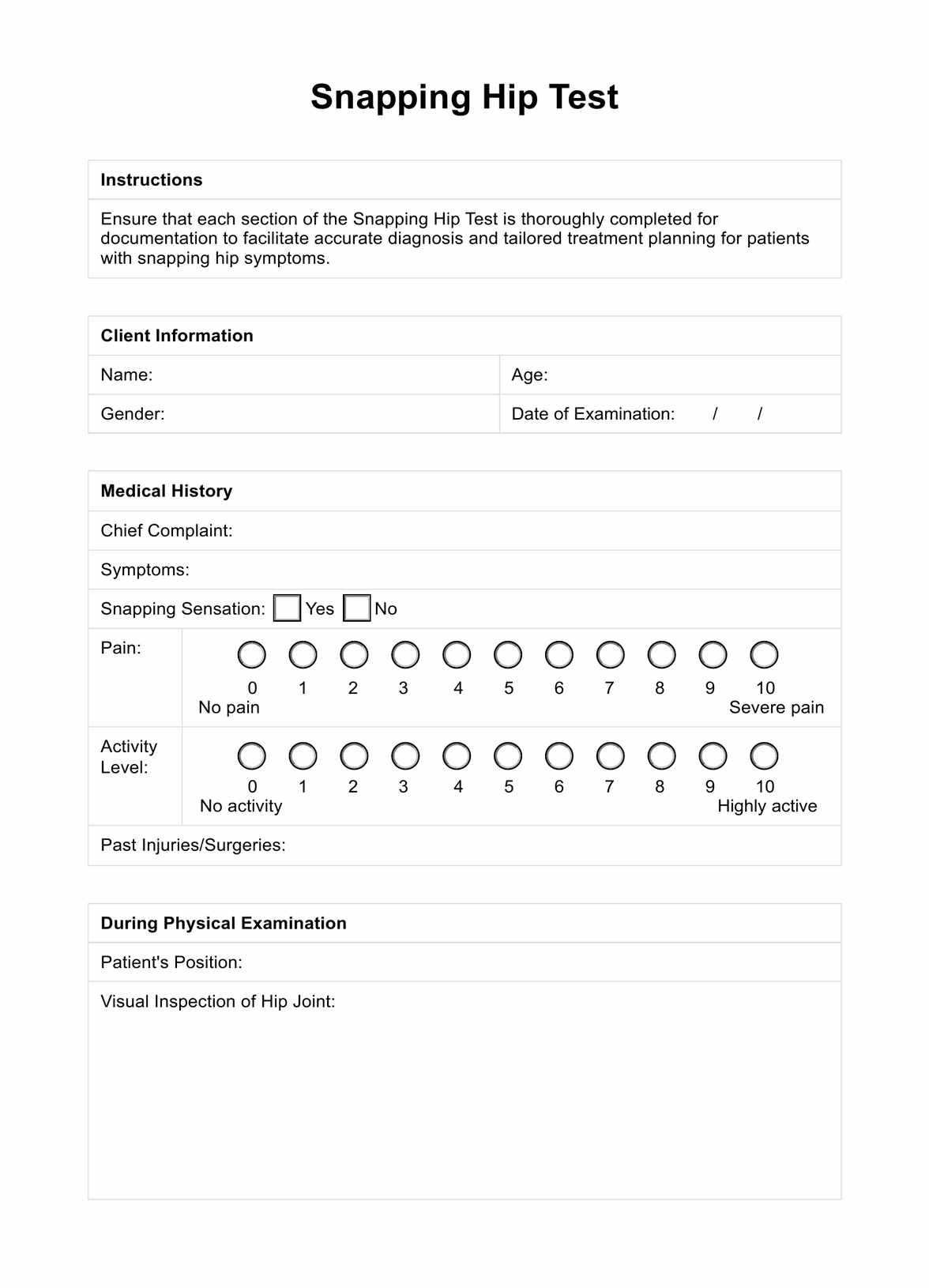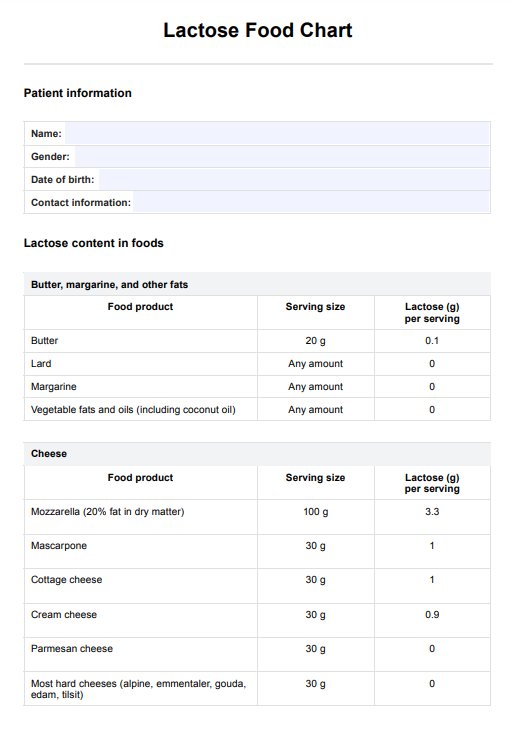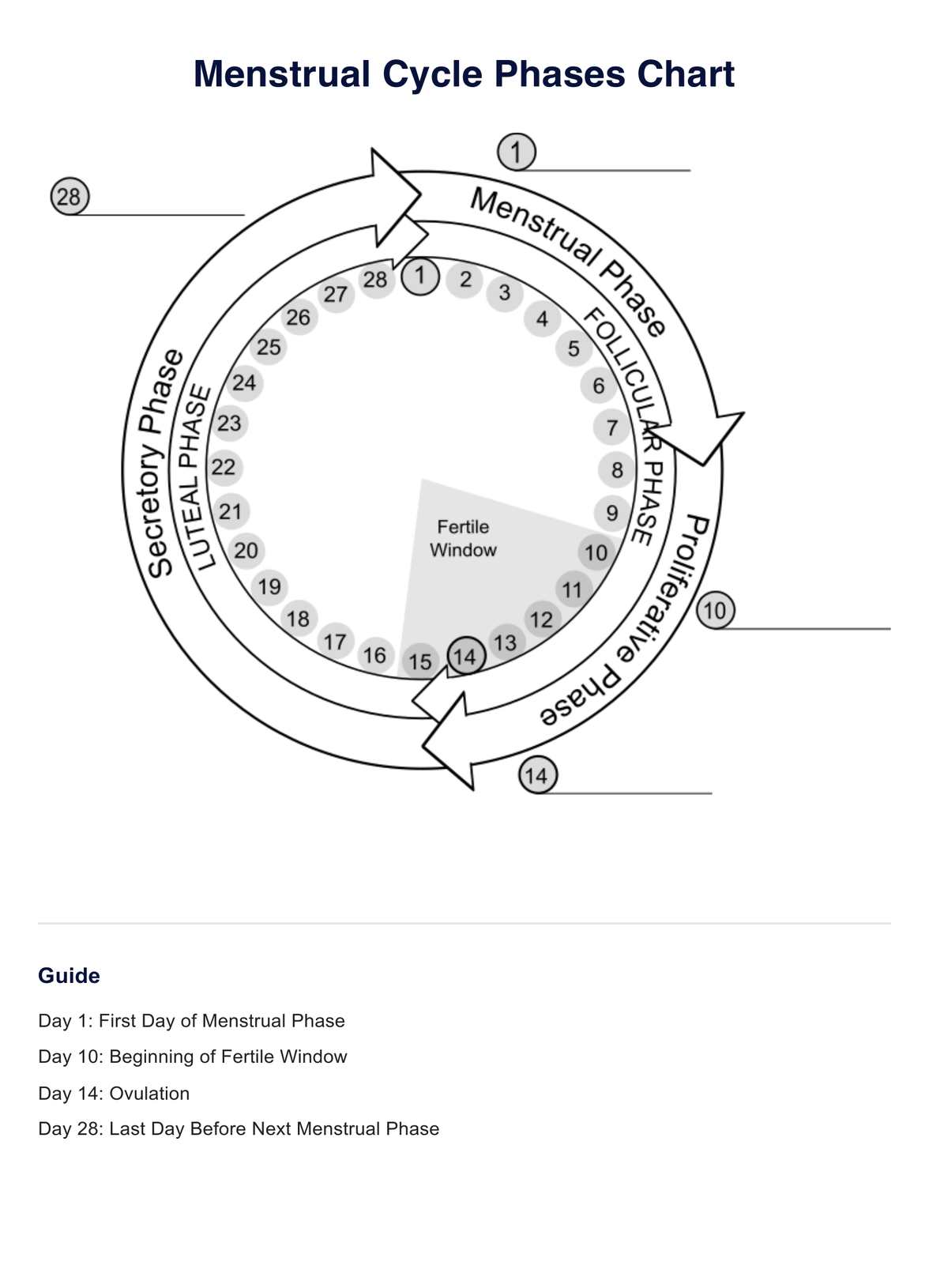Food Allergens List
Explore the Food Allergens List Template to identify and track common allergens like nuts, dairy, and gluten in meals. Essential for safe dietary management.


What is a Food Allergens List Template?
A Food Allergens List is a comprehensive resource designed to identify and document various allergens that may be present in food items. This list is particularly crucial for individuals with food allergies and those who prepare or serve food to others, such as chefs, caterers, and school cafeterias.
Allergies to certain food components can range from mild to life-threatening. The most common allergens include nuts, dairy, wheat (gluten), soy, fish, shellfish, eggs, and certain fruits. A Food Allergens List typically outlines these allergens, providing detailed information on which foods might contain them. This can include obvious sources, like peanuts in peanut butter, to less apparent ones, such as gluten in soy sauce.
The list serves multiple purposes. For individuals with allergies, it acts as a guide to help them avoid problematic foods. It's also used in food labeling to inform consumers about potential allergens in packaged foods. In the food service industry, the list is essential for menu planning and ensuring that food prepared for customers with allergies is safe for consumption..
Education is another critical function of these lists. They are used in training staff in the food industry to recognize and understand the importance of allergen management, ensuring that they are prepared to handle food safely and respond effectively to any dietary needs or emergencies related to food allergies.
Overall, a Food Allergens List is an indispensable tool in managing food allergies, promoting awareness, and ensuring the safety and well-being of individuals who are affected by food-related allergic reactions.
Food Allergens List Template
Food Allergens List Example
How does it work?
Using a Food Allergens List Template is an essential approach for identifying and managing food allergens, crucial for both professional and personal use. Here’s a step-by-step guide to accessing and using the Food Allergens List Template effectively:
Step 1: Download or access the Food Allergens List Template
Access our Food Allergens List Template by clicking a link on our page. It will open in your default PDF reader for digital use, allowing for easy updates and editing. You can print it out for physical use in kitchens or educational settings.
Step 2: Understand the allergen indicators
The template includes various indicators representing common allergens such as nuts, dairy, gluten, and shellfish. Familiarize yourself with these indicators, as this knowledge is critical for correctly identifying potential allergens in food items.
Step 3: Document foods and their allergens
Begin documenting by listing food items and noting their corresponding allergens. The template can be organized by food categories, meals, or individual ingredients. Ensure to include both obvious allergens and those that may be present due to cross-contamination or as minor ingredients.
Step 4: Utilize the list for allergen management
Once your list is complete, use it to manage and communicate allergen information effectively. This can be particularly beneficial for food service professionals in menu planning, for individuals with allergies in meal preparation, and in educational settings for raising awareness about food allergies.
By following these steps, you can efficiently utilize the Printable Food Allergens List Template. It’s a valuable resource for chefs, caterers, educators, and anyone involved in food preparation or consumption, particularly for those with dietary restrictions due to allergies.
When would you use this template?
The Food Allergens List Template is an indispensable tool for food preparation and consumption across various settings. This template is designed to enhance safety, awareness, and management regarding food allergens, which concern a significant portion of the population. Here are some key scenarios and practitioners for whom this resource is particularly relevant:
- In commercial kitchens and restaurants: Chefs and kitchen staff in commercial settings can use this template to track and manage allergens in their menu items. It's crucial for developing allergen-free options, ensuring that dishes are safe for customers with allergies, and for complying with food safety regulations that mandate allergen disclosure.
- In healthcare facilities: Dietitians and nutritionists in hospitals and long-term care facilities can employ this template to cater to patients' dietary restrictions. It's essential in avoiding allergic reactions and ensuring nutritional needs are met, particularly for patients with multiple or severe food allergies.
- For personal dietary management: Individuals with food allergies or those cooking for family members with allergies can use this template as a guide to avoid allergens in their meal planning and grocery shopping.
In all these scenarios, the Food Allergens List Template is a proactive approach to prevent allergic reactions and promote a safe dining environment. It's a resource that aligns with best practices in food safety and allergen management, ensuring everyone can enjoy food safely and confidently, regardless of dietary restrictions.
What is the importance of a Food Allergen List?
The importance of understanding and managing food allergies is critical in today's society, where the prevalence of food allergies is rising globally. Food allergies can significantly impact the quality of life and, in severe cases, be life-threatening. Here are key reasons why awareness and management of food allergies are vital:
- Health and safety risks: Food allergies can lead to serious health consequences, including anaphylaxis, a severe, potentially life-threatening allergic reaction. Immediate and correct response to an allergic reaction is crucial for the safety and well-being of the individual.
- Increasing prevalence: The prevalence of food allergies, especially in children, has been increasing. This rise necessitates greater awareness and understanding of food allergies across various sectors of society, including schools, workplaces, and the food industry.
- Quality of life: Living with food allergies can significantly affect an individual's quality of life. It requires constant vigilance in food choices, preparation, and eating out. Understanding and managing these allergies can help reduce anxiety and stress associated with accidental exposure.
- Legal and ethical responsibility: The food industry has a legal obligation to accurately label allergens in products. Failure to do so can lead to severe legal repercussions and a loss of consumer trust.
- Educational importance: Education about food allergies is essential in schools, workplaces, and the food service industry to ensure the safety and inclusion of individuals with allergies.
In summary, the importance of understanding and managing food allergies extends beyond individual health. It encompasses public health, legal responsibilities, economic considerations, and promoting an inclusive society where the needs of those with food allergies are recognized and respected.
Research & evidence
Food allergen lists play a crucial role in public health, and their importance is well-recognized in managing food allergies. Research, such as that conducted by Calvani et al. (2020), points out that understanding food allergies is constantly evolving, and so is the need for accurately identifying and listing food allergens. This is key to effectively managing allergies and keeping patients safe. Dowling (2011) highlights the importance of these lists in primary care, helping healthcare providers manage patients with food allergies and keeping them informed about potential allergens in food.
Dinakar and Warady (2016) emphasize how these lists are instrumental in a team-based approach to managing food allergies. They enable healthcare professionals, patients, and caregivers to work together effectively in preventing and managing allergic reactions. The growing number of food allergies worldwide, as noted by Loh and Tang (2018), calls for comprehensive strategies to manage allergens, making these lists invaluable.
Lopez, Yarrarapu, and Mendez (2023) explore the complexities of food allergies, pointing out that allergen lists are crucial for educating patients and planning diets. These lists are essential for people to make informed food choices. In settings like schools, managing food allergies is a collective effort, as Muñoz (2018) notes. Here, allergen lists are key tools for ensuring the safety and well-being of students with food allergies.
Overall, these studies underscore the importance of food allergen lists in managing allergies, caring for patients, and ensuring public health. They are vital for handling the dietary risks associated with food allergies effectively.
References
Calvani, M., Anania, C., Caffarelli, C., Martelli, A., Miraglia Del Giudice, M., Cravidi, C., Duse, M., Manti, S., Tosca, M. A., Cardinale, F., Chiappini, E., Olivero, F., & Marseglia, G. L. (2020). Food allergy: an updated review on pathogenesis, diagnosis, prevention and management. Acta bio-medica : Atenei Parmensis, 91(11-S), e2020012. https://doi.org/10.23750/abm.v91i11-S.10316
Dinakar, C., & Warady, B. (2016). Food Allergy Care: "It Takes a Team". Missouri medicine, 113(4), 314–319.
Dowling P. J. (2011). Food allergy: practical considerations for primary care. Missouri medicine, 108(5), 344–349.
Loh, W., & Tang, M. L. K. (2018). The Epidemiology of Food Allergy in the Global Context. International journal of environmental research and public health, 15(9), 2043. https://doi.org/10.3390/ijerph15092043
Lopez, C. M., Yarrarapu, S. N. S., & Mendez, M. D. (2023). Food Allergies. In StatPearls. StatPearls Publishing.
Muñoz V. L. (2018). 'Everybody has to think - do I have any peanuts and nuts in my lunch?' School nurses, collective adherence, and children's food allergies. Sociology of health & illness, 40(4), 603–622. https://doi.org/10.1111/1467-9566.12716
Commonly asked questions
A Food Allergens List Template is a document used to identify and record common allergens found in food items. It typically includes a list of foods along with columns to mark allergens like nuts, dairy, gluten, and shellfish. This template is crucial for individuals with food allergies and professionals in food preparation and service industries.
This template is valuable for many users, including chefs, caterers, dietitians, nutritionists, school cafeteria staff, and individuals managing personal or family food allergies. It's also beneficial in food manufacturing for labeling and quality control processes.
The template helps identify and manage food allergens, essential for preventing allergic reactions. By clearly documenting allergens in various foods, it assists in meal planning and preparation, and ensures safe consumption for individuals with dietary restrictions.
Yes, it's an excellent resource in educational settings like schools and culinary institutes. It can be used to educate students and staff about food allergens, their potential risks, and the importance of allergen management in food preparation.


